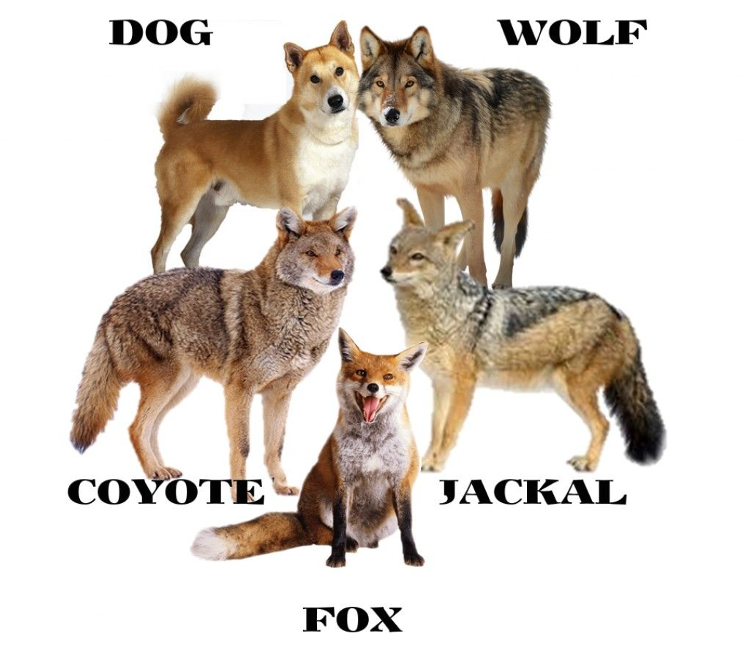86 What is a Species?
d00050658
How do we determine which population of organisms are considered the same Species?

Species concepts are frameworks that biologists use to define and categorize species, each focusing on different aspects of what constitutes a species. Here are some of the most commonly used species concepts:
- Biological Species Concept (BSC):
- Definition: A species is a group of interbreeding individuals that are reproductively isolated from other such groups.
- Focus: Reproductive isolation and the ability to produce viable, fertile offspring.
- Limitations: It doesn’t apply well to asexual organisms, fossils, or cases where reproductive isolation is difficult to assess.
- Morphological Species Concept (MSC):
- Definition: A species is a group of individuals that are morphologically distinct from other groups.
- Focus: Observable physical characteristics like size, shape, and structure.
- Limitations: Subjective, as it relies on the observer’s interpretation of differences, and can overlook genetic diversity within morphologically similar groups.
- Ecological Species Concept (ESC):
- Definition: A species is a group of organisms that occupy a distinct ecological niche, meaning they interact with the environment in a unique way.
- Focus: The ecological role and adaptation of the species within its environment.
- Limitations: It can be difficult to define niches precisely, and different species might share overlapping niches.
- Genetic Species Concept:
- Definition: A species is a group of individuals that share a certain level of genetic similarity or distinctiveness.
- Focus: Genetic data, particularly DNA sequences, to determine species boundaries.
- Limitations: It can be challenging to determine the level of genetic difference required to define separate species, and it may not reflect reproductive or ecological differences.
Each species concept has its strengths and weaknesses, and biologists often choose the most appropriate concept based on the specific context or the organisms they are studying. In some cases, a combination of these concepts may be used to gain a more comprehensive understanding of what defines a species.
Reproductive Isolation prevents members of different species from breeding
Reproductive barriers are mechanisms that prevent species from interbreeding and producing fertile offspring. These barriers are crucial for maintaining species integrity and play a key role in the process of speciation. They are typically categorized into two main types: prezygotic and postzygotic barriers.
Prezygotic Barriers
(Prevent Mating or Fertilization)
- Temporal Isolation:
- Description: Species breed at different times of the day, season, or year, preventing them from mating.
- Example: One species of frog might breed in early spring, while another breeds in late summer, so they never have the opportunity to mate.
- Habitat Isolation:
- Description: Species live in different habitats or areas within the same region, reducing the likelihood of encountering each other.
- Example: Two species of snakes might live in the same region but one prefers aquatic environments while the other lives in dry, terrestrial habitats.
- Behavioral Isolation:
- Description: Differences in mating behaviors or rituals prevent recognition of potential mates.
- Example: Many bird species have unique songs or courtship dances that attract mates of their own species but not others.
- Mechanical Isolation:
- Description: Physical differences in reproductive structures prevent successful mating between species.
- Example: Insects with differently shaped genitalia that are incompatible with those of another species cannot mate successfully.
- Gametic Isolation:
- Description: Even if mating occurs, the sperm of one species may not be able to fertilize the eggs of another species due to biochemical incompatibilities.
- Example: In many marine organisms, such as sea urchins, sperm and egg cells of different species may not fuse due to incompatible surface proteins.
Postzygotic Barriers
(Prevent Hybrid Offspring from Developing into a Viable, Fertile Adult)
- Reduced Hybrid Viability:
- Description: Hybrid offspring are produced but fail to develop properly or die early in development, reducing the likelihood of survival.
- Example: Hybrids between certain species of frogs may not develop fully, leading to early death or deformities.
- Reduced Hybrid Fertility:
- Description: Hybrids are produced and survive to adulthood but are sterile and cannot produce offspring.
- Example: Mules, which are hybrids between horses and donkeys, are usually sterile and cannot reproduce.
- Hybrid Breakdown:
- Description: The first generation of hybrids may be viable and fertile, but subsequent generations suffer from reduced viability or fertility.
- Example: Some plant hybrids may produce fertile offspring in the first generation, but the offspring of these hybrids might be weak or sterile, preventing further reproduction.
Summary
- Prezygotic barriers prevent different species from attempting to mate, successfully mating, or achieving fertilization.
- Postzygotic barriers come into play after fertilization and result in reduced viability or fertility of the hybrid offspring, preventing them from contributing to future generations.
These barriers ensure that species remain distinct and are a fundamental part of the speciation process.
